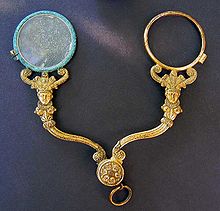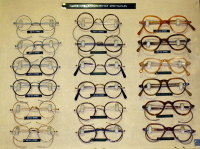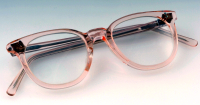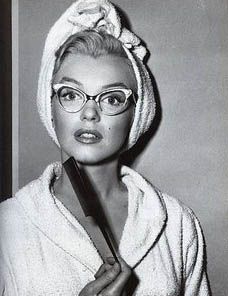Parents try to instil habits in the tiniest of babies – we bath a newborn at bedtime partly in the hope that it becomes a cue for a good night’s sleep and, later, a habit. Many habits start in early childhood: cleaning your teeth, eating nicely at the table, saying “please” and “thank you”. Those are the good ones. Bad ones – biting your nails for example, a habit I eventually conquered at the ripe old age of 31 – also often start in childhood. Once they are entrenched, new behaviours are terribly difficult to adopt. This makes the whole challenge of dieting both interesting and hugely difficult. Once the bad habits become ingrained into your subconscious, they become ‘learnt’ behaviours and are really tricky to quash.
Some years ago some self-help bods started bandying about the phrase that it took 21 days to form (or indeed break) a habit. Research in 2009 at University College London, however, (‘Intervention Based on the Principles of Habit Formation’ published in the European Journal of Social Psychology) showed that actually it takes an average 66 days for people to perform an initially new behaviour.
Habits are behaviours which are performed automatically because they have been performed frequently in the past. This repetition creates a mental association between the situation (cue) and action (behaviour) which means that when the cue is encountered the behaviour is performed automatically. Automaticity has a number of components, one of which is lack of thought.
They suggested that because bad habits are very difficult to break, one helpful way of conquering this is to take control of your environment so you don’t encounter the cue which acts as a trigger. The research also highlighted that while being wildly inconsistent meant no change to habits, the odd inconsistency was not the end of the world. So we need commitment, but not necessarily a 100% track record. Many women on diets think all is lost if they have a bad day. We need to change that mindset and keep looking forward.
There is undoubtedly truth in the argument that most diets fail and if we want to lose weight, eat healthier and feel leaner and fitter, we need to make a lifestyle choice, not reach for a short-term solution.
I firmly believe that much of this can be answered by strict portion control. In his book “Mindless Eating”, Brian Wansink argues that just an extra 10 calories a day will make you gain a pound in one year. So there appears to be a small margin of error, but this should give us all hope. If you missed my info on Portion Distortion, please have a read: http://wp.me/p5MNeq-2r
Lifestyle change and a long-term outlook then is the answer: breaking bad habits, making new ones and sticking with them once and for all. Diets which work over a long period of time and which become a way of life are ones which suit the dieter and which don’t require too much aggravation and thought. For me, the Side Plate Diet is a winner (see http://wp.me/p5MNeq-2). I eat what I want and enjoy my food, but I simply restrict the amount. Let me know if you are giving it a try.
What experience have you had with habit-breaking and habit-forming? How has it impacted on your diet? Please feel free to comment – I would love to hear from you.
Annie Bee x


































